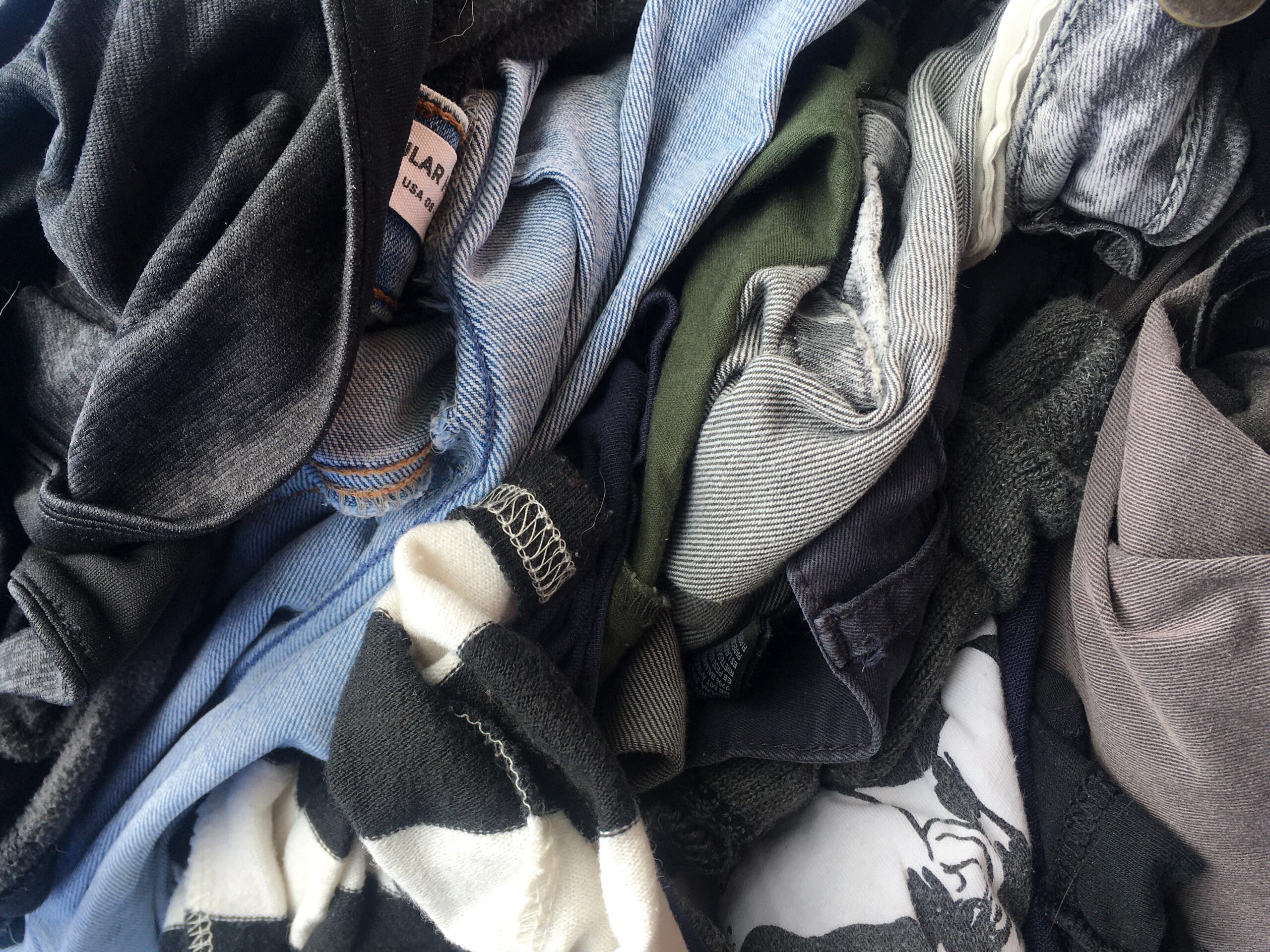While EuRIC appreciates that exports are being put under the spotlight, it also calls for caution on the EU’s interpretation of used textile exports. As the briefing highlights, there is currently no distinction between textile waste and second-hand textiles in EU product classifications used for export declarations and statistical declarations for trade. This is a significant shortcoming that may lead to vague or inaccurate statistics on exports of ‘’used clothing’’.
“We fully support the EU’s intention to develop specific EU criteria to distinguish between waste and second-hand textiles and are encouraged to see this acknowledged in the EEA briefing. In the absence of this distinction, exports of sorted reusable textiles are understood to be equivalent to exports of unsorted textile waste. This often leads to misinterpretations,” noted Mariska Boer, President of the EuRIC textile branch. ‘’Our industry calls on the European Commission to urgently establish a distinction. Additionally, we support the introduction of measures, including fiscal initiatives, to strengthen the market for textile reuse and scale up recycling in the EU.”
According to a recent study commissioned by EuRIC, producing new textiles results in 70 times more environmental damage compared to global reuse. For instance, each garment reused saves 3 kg of CO2, meaning that global or local reuse is still the best option for the environment in terms of the treatment of collected textile waste. However, to enable a sustainable circular economy for textiles, it is of utmost importance that extensively sorted textiles are exported outside the EU for reuse and that European and global recycling capacities are scaled up. Michael






